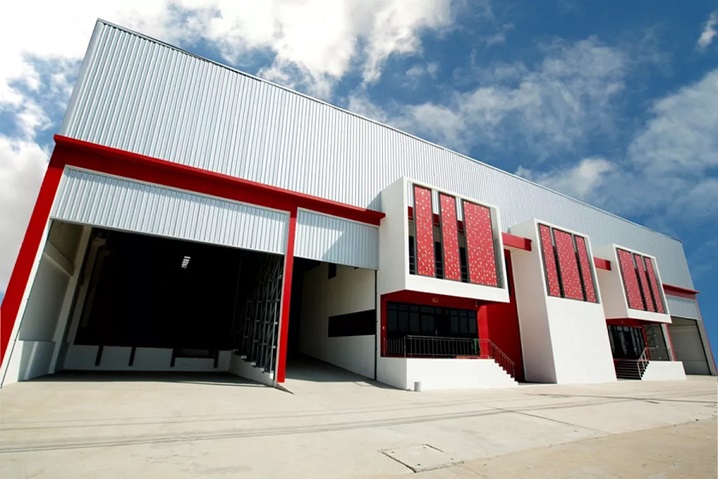Companies that handle manufacturing, importing, and exporting commodities, add crucial importance to warehouses. It enables the company to have better control over the product and to be on schedule while delivering those. Additionally, keeping everything in one location organized can increase productivity and help you save money.
Complete your orders quickly
You can store, package, and distribute your products from a single place with the help of warehouse for rent Samutprakan (โกดังให้เช่า สมุทรปราการ, term in Thai). You can efficiently track and manage your inventory thanks to this. Additionally, it can lower your staffing needs, free up more flexibility, and lower your transportation expenses.
Boost the value of your business
The timely transportation and distribution of your products is made possible by warehousing, which boosts worker productivity and customer pleasure. To deliver your items on time and improve the perceived value of your brand in the eyes of your customers, warehousing helps you decrease errors, damage to your goods, and the likelihood that they will be lost or stolen during the order fulfillment process.
Lowers the danger to your products
Because warehousing is an insured procedure, if your goods are damaged or stolen, you will be compensated so that you can restock them. The preservation of items and the avoidance of unwelcome color or texture changes can both be achieved by storing them in a temperature-controlled warehouse.
What operations are included in warehousing?
The specifics of the warehousing procedure rely on the size of the operation, the kind of warehouse and storage, the company culture, the product temperature, any applicable legal requirements, and the volume of items passing through the facility. However, there are 5 essential procedures that every warehousing organization uses:
Receiving
One of the most crucial steps in storage is receiving. A lot is going on, so any interruption here could affect the entire process. First, the received products are compared to the packing documentation from the supplier. The goods are next examined for damage. A thorough examination of each item in the shipment is done to see whether there has been any physical damage. The items are transported to the put-away area after examination.
Put-away
Moving the items from the receiving area to the location where they will be stored is known as put-away. Calculating the number of resources and space needed for each item is part of this procedure. Similar goods are frequently kept together in storage so that they may be quickly found and dispersed. Before certifying that the put-away process is complete, the operators in charge of it make sure that the right storage spot has been discovered and then deposit the items in the designated slot.
Picking
Before shipment, picking entails gathering the items by a customer’s order. Picking consumes a significant number of resources and typically requires 60% or more of the warehouse employees to complete. This indicates that it significantly affects the efficiency of your supply chain.
Packing
Packing is the process of gathering all the items in a sales order and preparing it for shipping. This procedure entails placing the items in the proper containers, weighing the order after packing, printing the necessary labels, and choosing the most appropriate courier service to carry out your delivery.
Shipping
Sending out your orders to their respective customers is known as shipping. Early packing of the sent goods prevents clutter in the staging areas, which could delay deliveries and cause confusion. The procedure coincides with the times when carriers are picked up.
Infographic created by bXperts, providing exceptional industrial field service technicians












